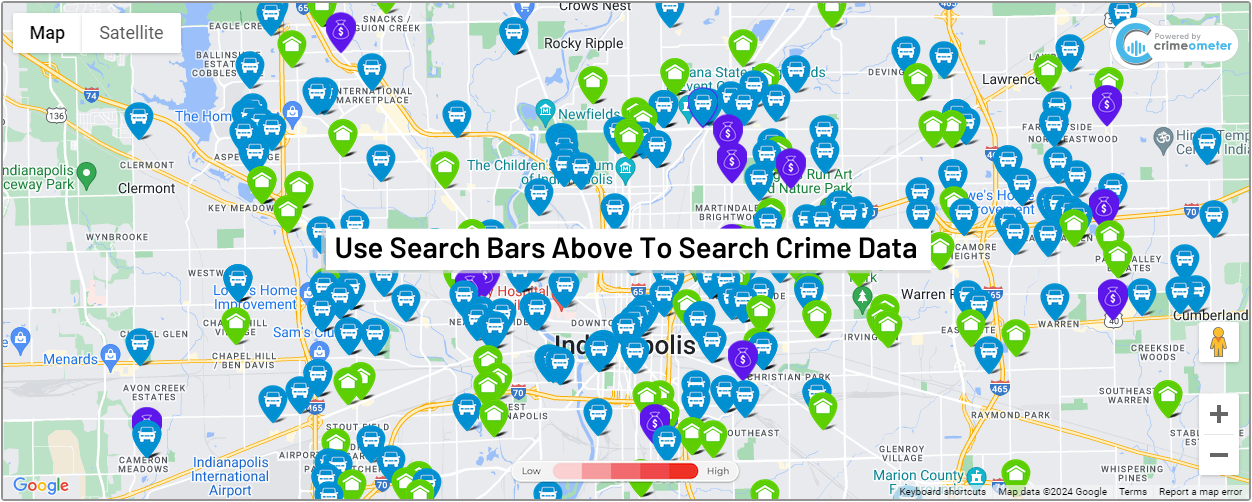How IMPD’s body cameras work and what you should expect
INDIANAPOLIS (WISH) — Indianapolis Metropolitan Police Department has rolled out its first body cameras for officers.
Ten were put on officers on Monday. The goal is 1,100 body cameras on the street within a few months
The cameras are basically automatic and about the size of a large cellphone. It is going to take a couple of months for all of the cameras to be placed in the field, but people should assume, according to the Chief Randal Taylor, that if you are talking to a cop, you are being recorded.
Mark Wood retired from IMPD a couple years ago. He sells the camera system the department just bought. The new cameras are not worn on the outside of the uniform and the only thing you will see is the lens.
“It allows the body camera to just slide right into a sleeve and then zipped up inside the uniform and completely concealed within he uniform,” Wood said.
The cameras can be turned on and off by the officer with a device that looks like a faceless watch. But for the most part, the cameras are controlled by a series of electronic boxes installed in the trunk of every police car. So when a cop gets a call on the radio, the camera comes on.
“One of the chronic problems with body cameras around the country is it is relying upon officers to remember to push a button at a time when things are very very stressful happening very very quickly,” Wood said.
The cameras will also come on when an officer pulls his or her gun, when an officer is running or has fallen and is down for more than 10 seconds.
“Officers must have their cameras on for every citizen interaction,” the police chief said.
Taylor says there are exceptions, include sensitive situations, or when someone request the officer to turn off the camera off for their privacy.
“Officers will announce when they are recording, but it is essential that residents should assume any interaction the have with officers is being recorded,” the chief said.
The city and the department have been experimenting with body-worn cameras for several years. The biggest hurdle to date has been money. The department and the city have dedicated more than $9,2 million to outfit cops with cameras.
The video will be stored in a cloud backup system and kept for 190 days. The video will be available publicly if it doesn’t harm an investigation or at the police chief’s discretion.

